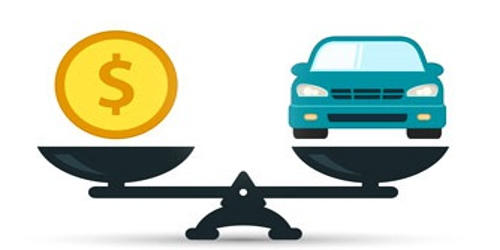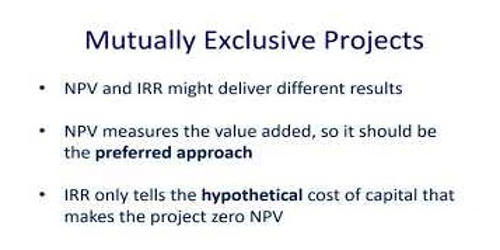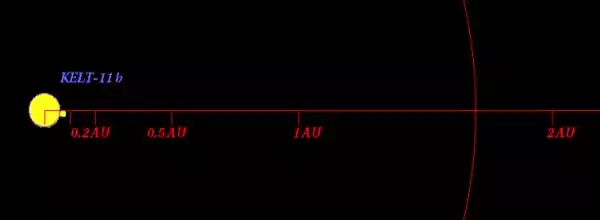Salvage Value
Salvage value is the estimated resale value of an asset at the end of its useful life. It means the value which is estimated to be realized on account of the sales of assets at the end of its useful life. It is subtracted from the cost of a fixed asset to determine the amount of the asset cost that will be depreciated. To calculate the amount of depreciation, it is deducted from the cost of assets. Salvage value is also known as the residual value. There are various terms for salvage value such as residual value, scrap value, and disposal value. Thus, salvage value is used as a component of the depreciation calculation. The value of the asset is recorded on a company’s balance sheet, while the depreciation expense is recorded on its income statement.
In accounting, salvage value is an estimated amount that is expected to be received at the end of a plant asset’s useful life. This concept can be used in a fraudulent manner to estimate a high salvage value for certain assets, which results in the under-reporting of depreciation and therefore of higher profits than would normally be the case. The estimated salvage value is deducted from the cost of the asset in order to determine the total amount of depreciation expense that will be reported during the asset’s useful life. Salvage value of zero is reasonable since it is assumed that the asset will no longer be useful at the point when the depreciation expense ends. As such, an asset’s estimated salvage value is an important component in the calculation of a depreciation schedule. It is sometimes referred to as disposal value, residual value, terminal value, or scrap value.
For example, XYZ Company buys an asset for $ 500,000 and estimates that its salvage value will be $ 50,000 in ten years when it plans to dispose of the asset. This means that XYZ will depreciate $450,000 of the asset cost over ten years, leaving $50,000 of the cost remaining at the end of that time. XYZ expects to then sell the asset for $50,000, which will eliminate the asset from XYZ’s accounting records.
Salvage value can be divided as follows:
(i) Book Salvage value: The remaining value of the fixed assets after charging depreciation is known as book salvage value. It is determined as follows:
Book salvage value = Cost of assets – Accumulated depreciation
(ii) Cash Salvage Value: Actual sales value of remaining assets is known as cash salvage value. The book salvage value may be equal or more or less than cash salvage value. The existing asset’s cash salvage value affects the net investment when an asset is replaced.
















